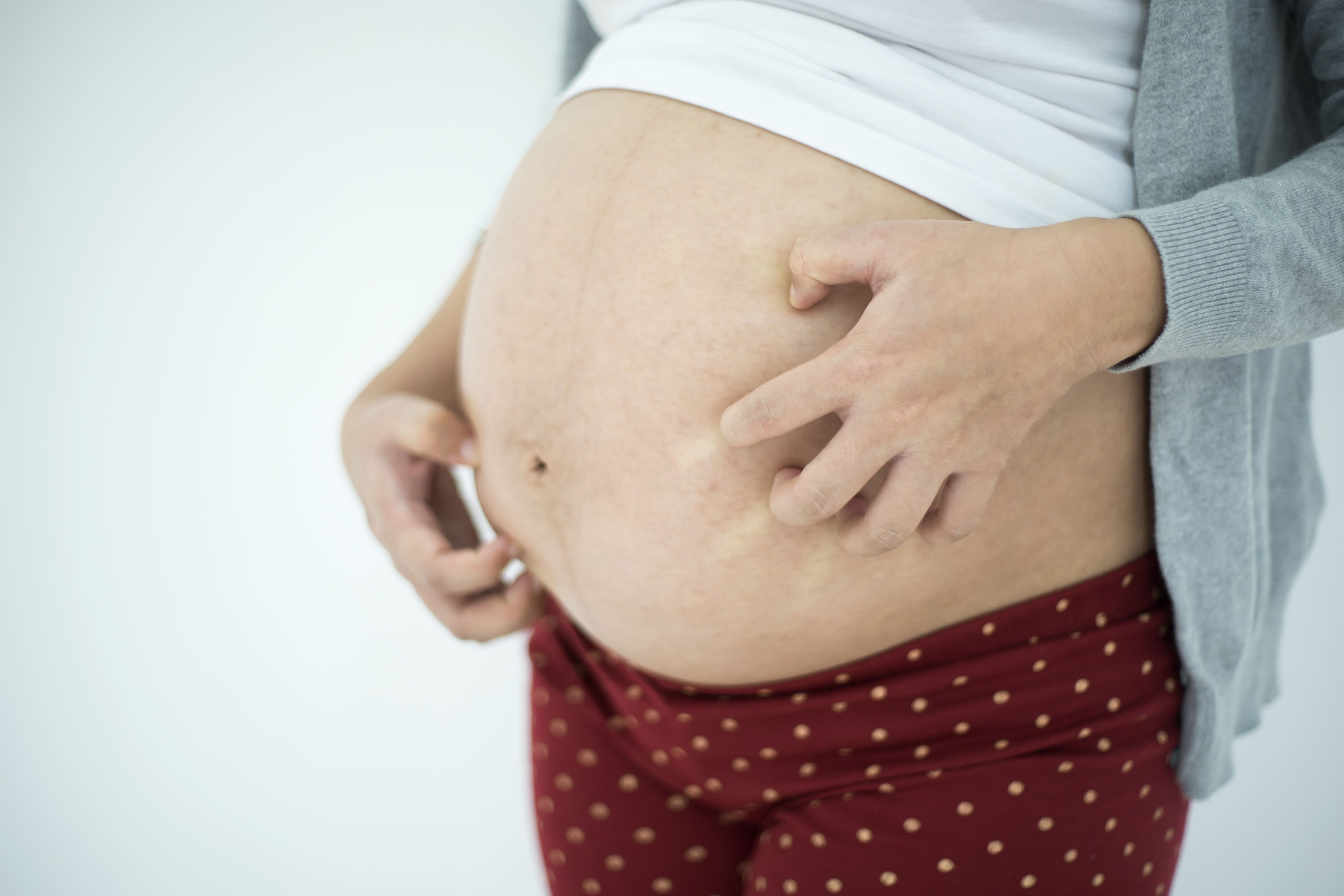Cholestasis/stillbirth link: reassuring data
New international research offers data that ob/gyns can use to better manage cholestasis in pregnancy and counsel patients about risk of stillbirth associated with the condition.
©tanawatpontchour - stock.adobe.com

New international research offers data that ob/gyns can use to better manage cholestasis in pregnancy and counsel patients about risk of stillbirth associated with the condition. The results suggest that understanding the meaning of peak bile acid concentration is a key for improving outcomes for mothers and babies.
Published in The Lancet, the findings are from the first individual data analysis of perinatal outcomes and bile acid concentrations in women with intrahepatic cholestasis of pregnancy. Previous clinical trials and observational studies have shown an association between adverse perinatal outcomes, including stillbirth and preterm birth, and serum bile acid concentrations higher than the typical range in pregnancy.
In the new research, a systematic review of PubMed, Web of Science, and Embase, studies from 15 countries on five continents were included in a meta-analysis whereas the individual patient data (IPD) were from 14 countries on five continents. The meta-analysis included 23 studies with more than 5,000 cases and 165,000 controls; 27 studies had IPD (> 5,000 cases of intrahepatic cholestasis in pregnancy).
The reports analyzed-case control, cohort, and population-base studies and randomized, controlled trials-were published through June 1, 2018. All looked at perinatal outcomes for women with intrahepatic cholestasis in pregnancy and assessed serum bile acid concentrations. Unpublished data from two UK hospitals also were included.
The authors found a clear association between the most severe disease at any point in pregnancy (bile acids ≥ 100 µmol/L) and increased risk of stillbirth in singleton pregnancies compared with outcomes in mothers with milder cholestasis and the general population. The hazard ratio for stillbirth was 30.50 (confidence interval [CI] 8.83-105.3) for bile acids ≥ 100 µmol/L versus 2.35 (CI 0.52-10.50) for levels 40 to 99 µmol/L, and 0.28 (CI 0.08-0.72) for levels < 40 µmol/L. In contrast, risk of stillbirth was not associated with levels of alanine aminotransferase.
These results, the authors said, show that ob/gyns can stratify their management of patients pregnant with singletons who have cholestasis. Maximum serum bile acid concentration can be used as a guide, irrespective of treatment with ursodeoxycholic acid, in women with levels < 100 µmol/L, as long as repeat bile acid testing is done until delivery. “Future research,” they said, “should target mechanistic explanations for the increased risk of stillbirth in intrahepatic cholestasis of pregnancy and the potential of specific treatments to prevent fetal death.”
S1E4: Dr. Kristina Adams-Waldorf: Pandemics, pathogens and perseverance
July 16th 2020This episode of Pap Talk by Contemporary OB/GYN features an interview with Dr. Kristina Adams-Waldorf, Professor in the Department of Obstetrics and Gynecology and Adjunct Professor in Global Health at the University of Washington (UW) School of Medicine in Seattle.
Listen
Study shows a healthy prenatal diet could be upstream obesity prevention strategy
December 26th 2024"Our findings support the recommendation of a healthy diet based on the current guidelines (as measured by the HEI) during pregnancy, since it may reduce patterns of infant growth outside reference ranges."
Read More
Early pregnancy cannabis use high in states with recreational legalization
November 11th 2024A population-based time-series analysis California before, during and after legalization show a rising trend in women using cannabis while pregnancy especially when the state has legalized the drug.
Read More
